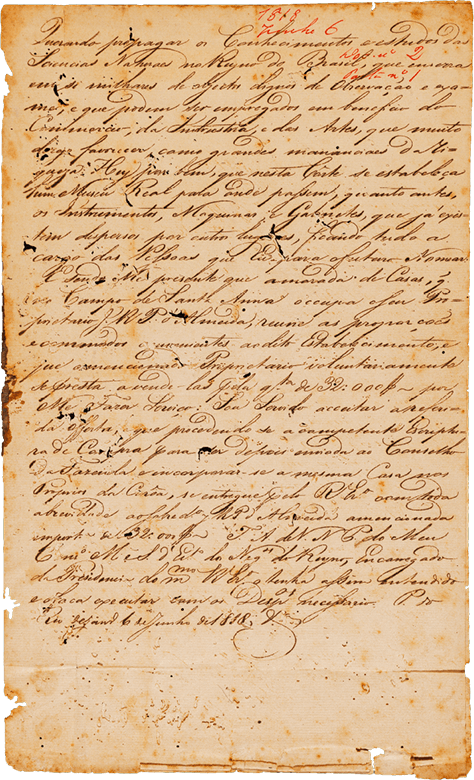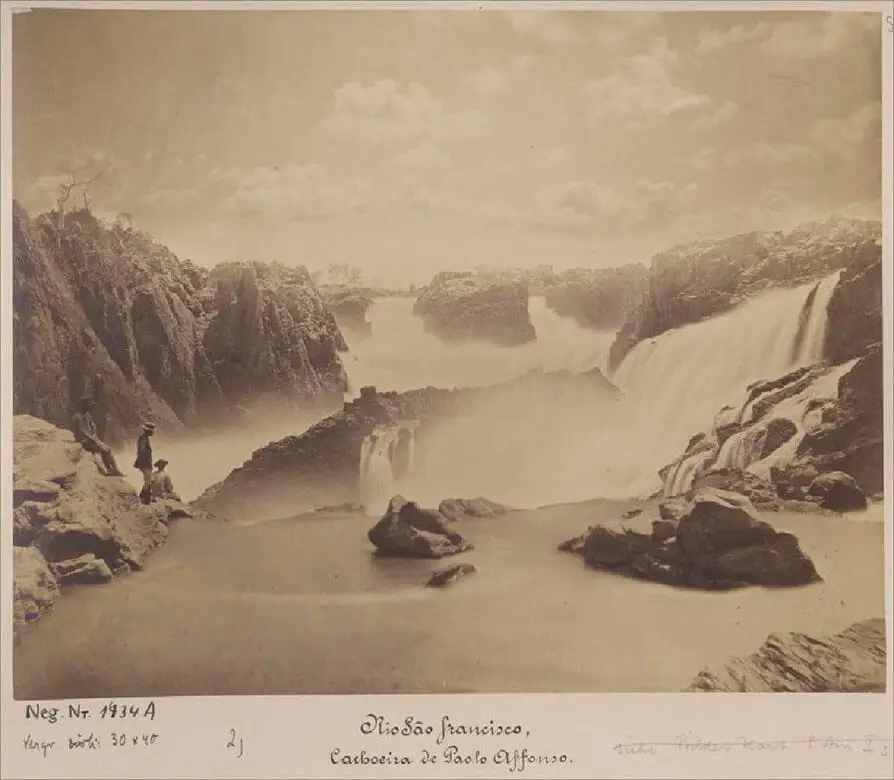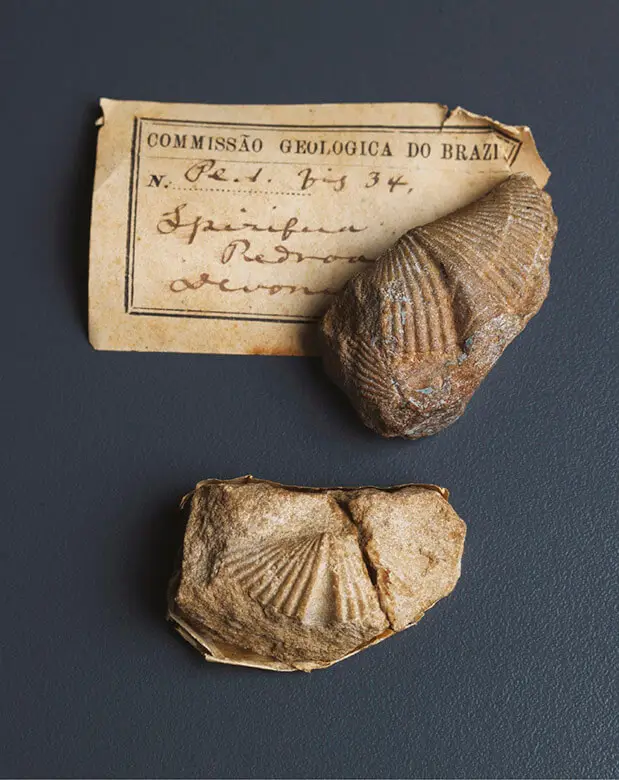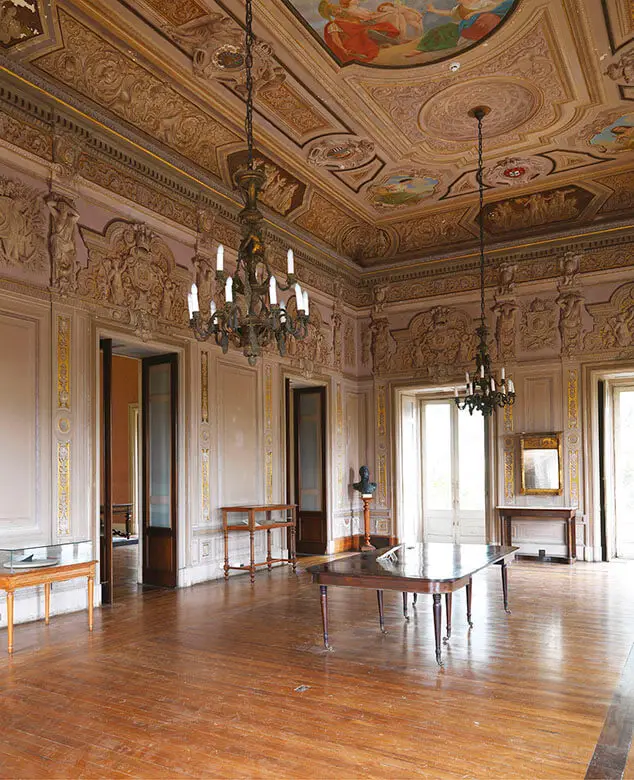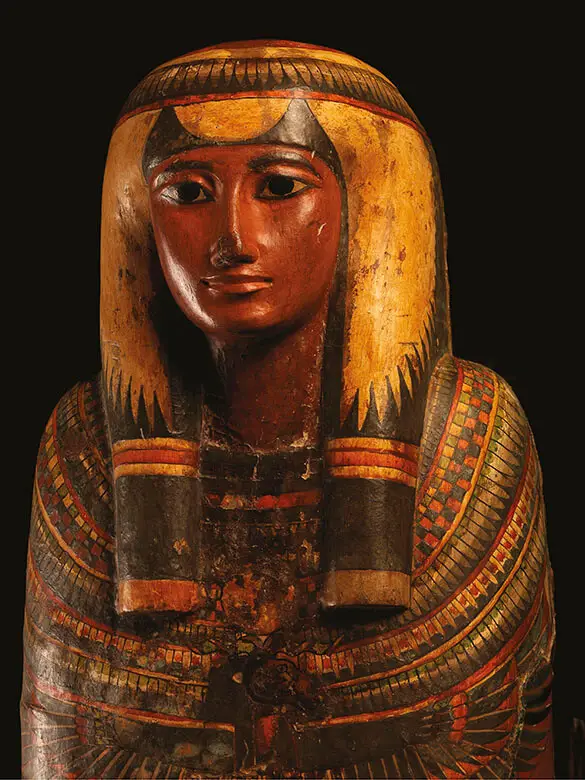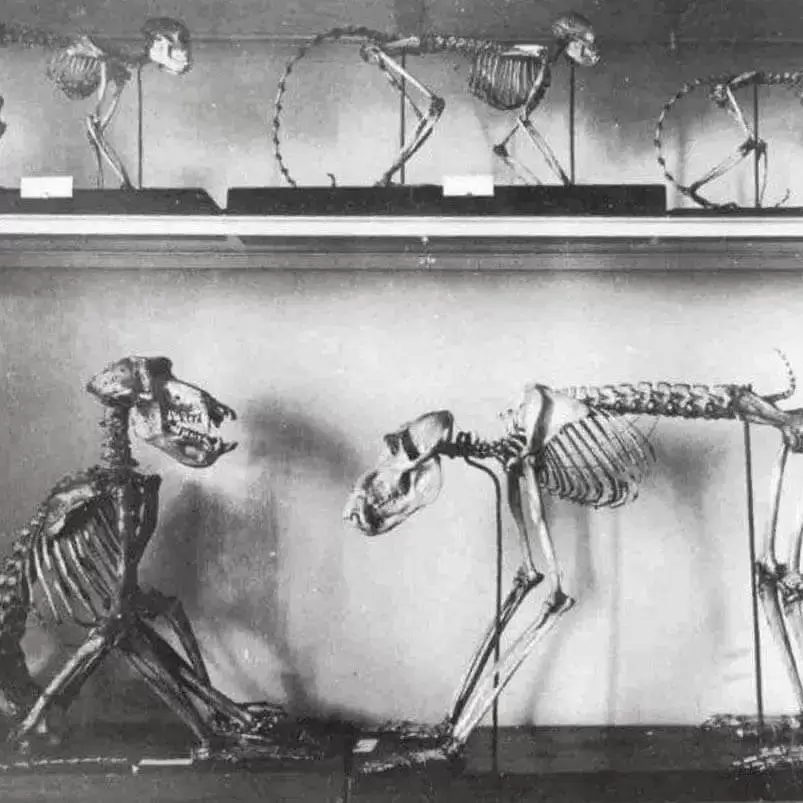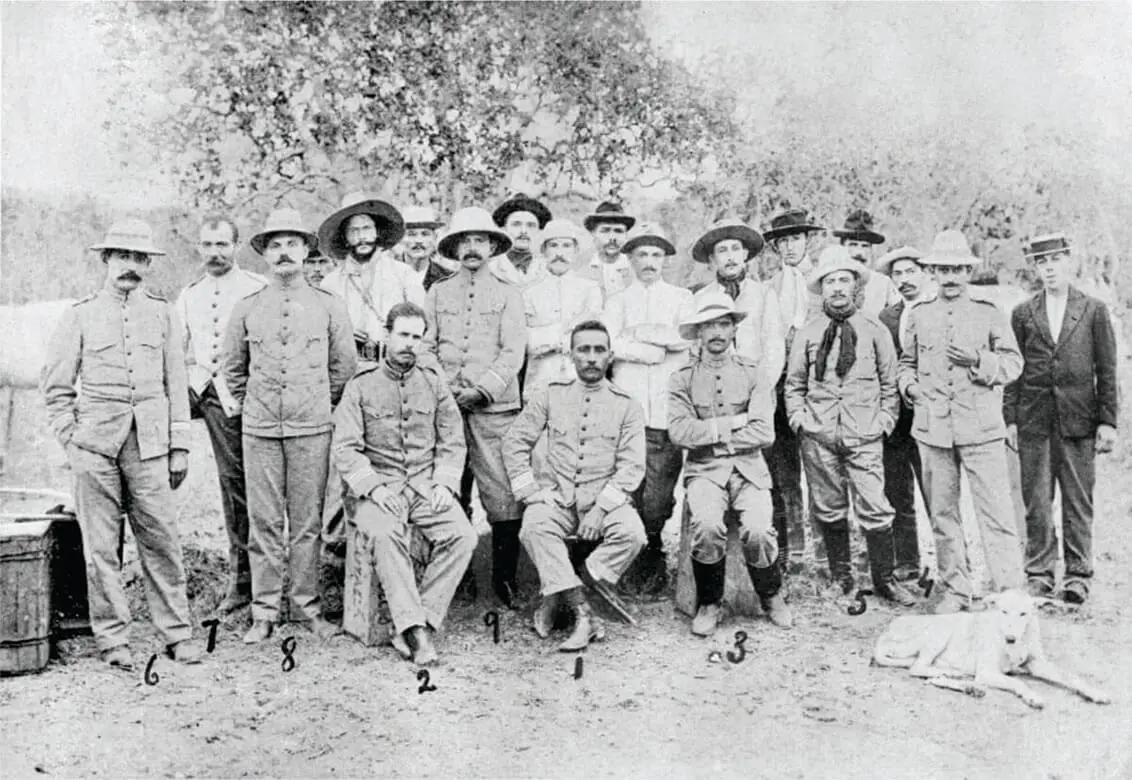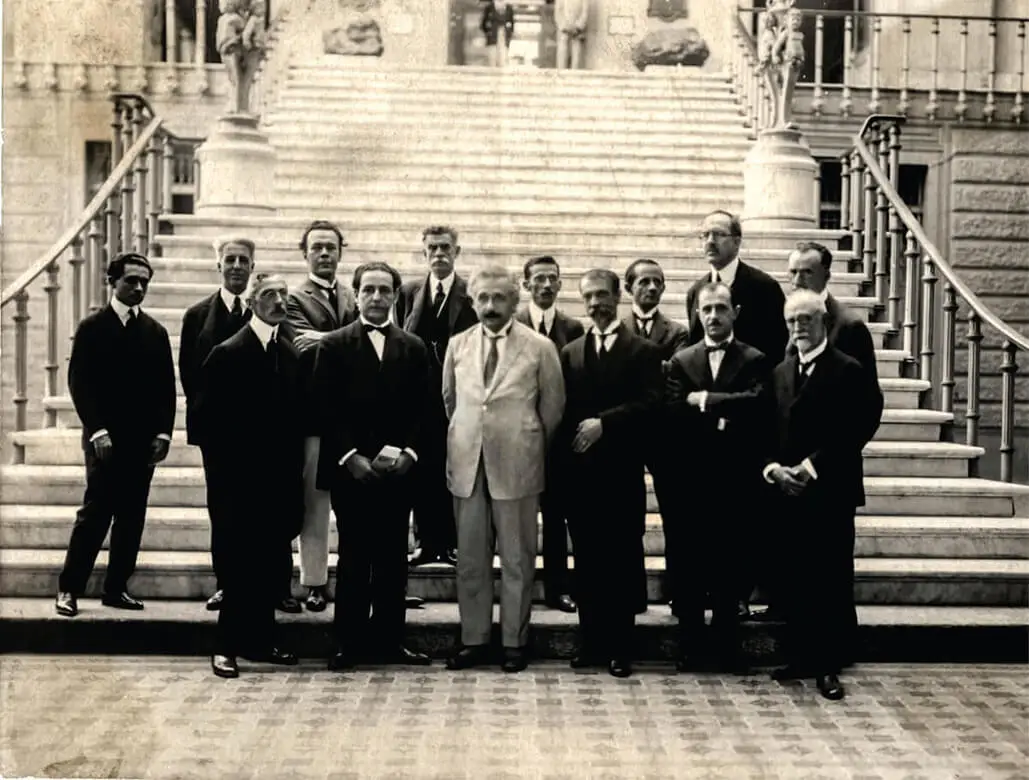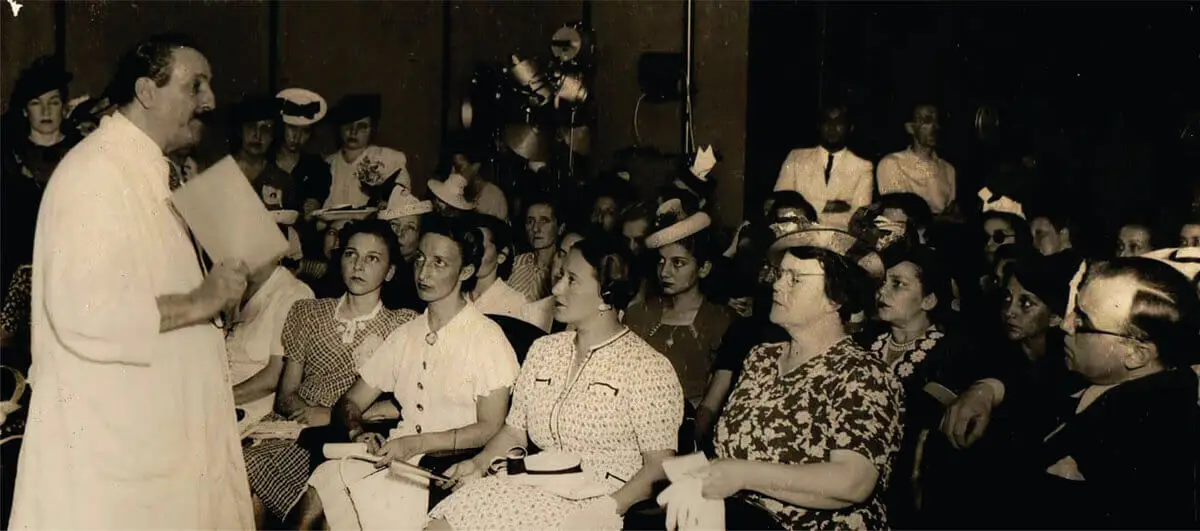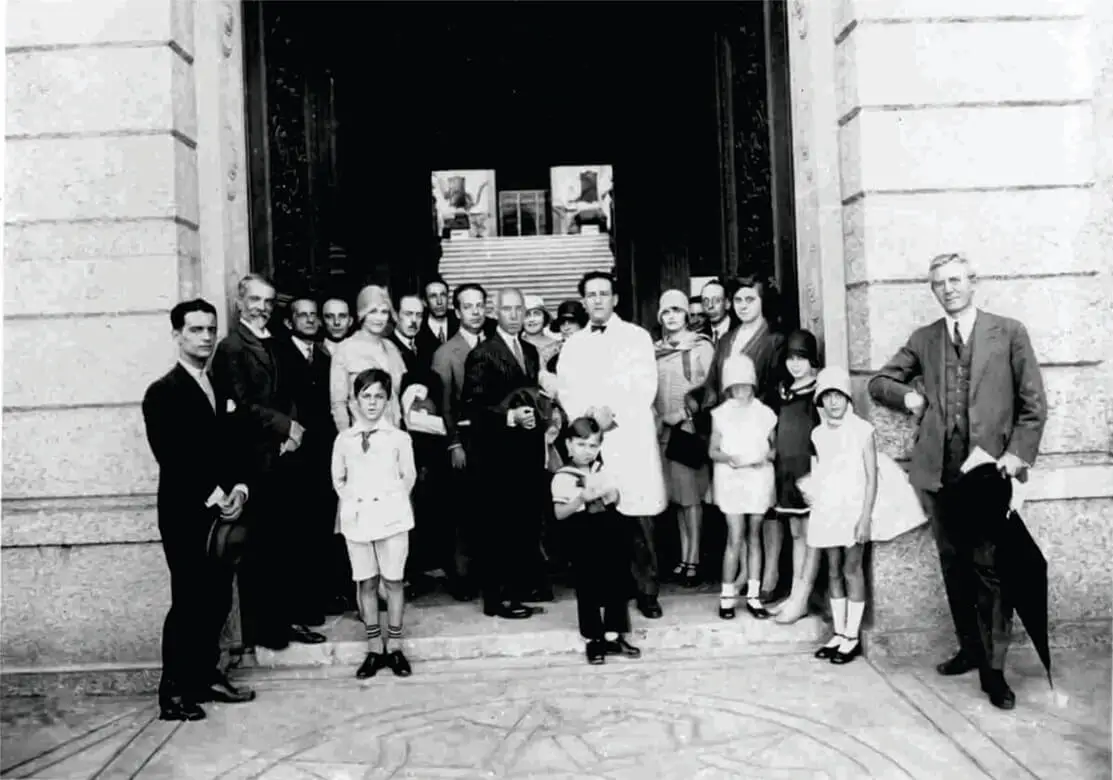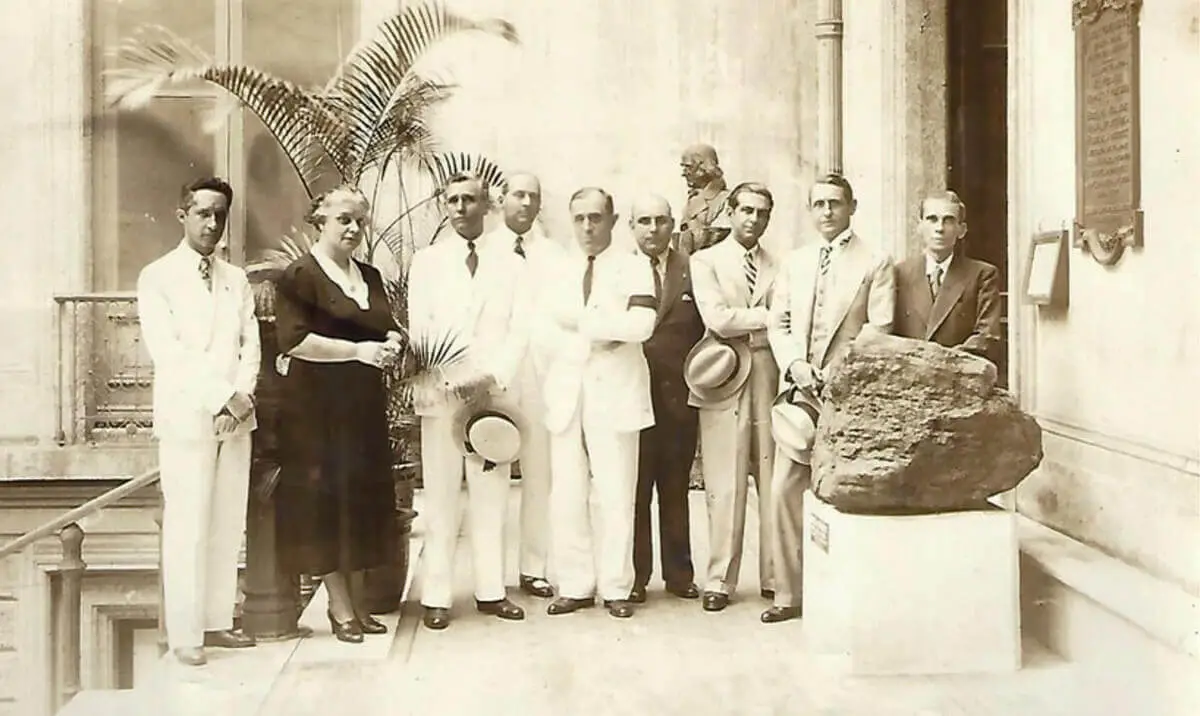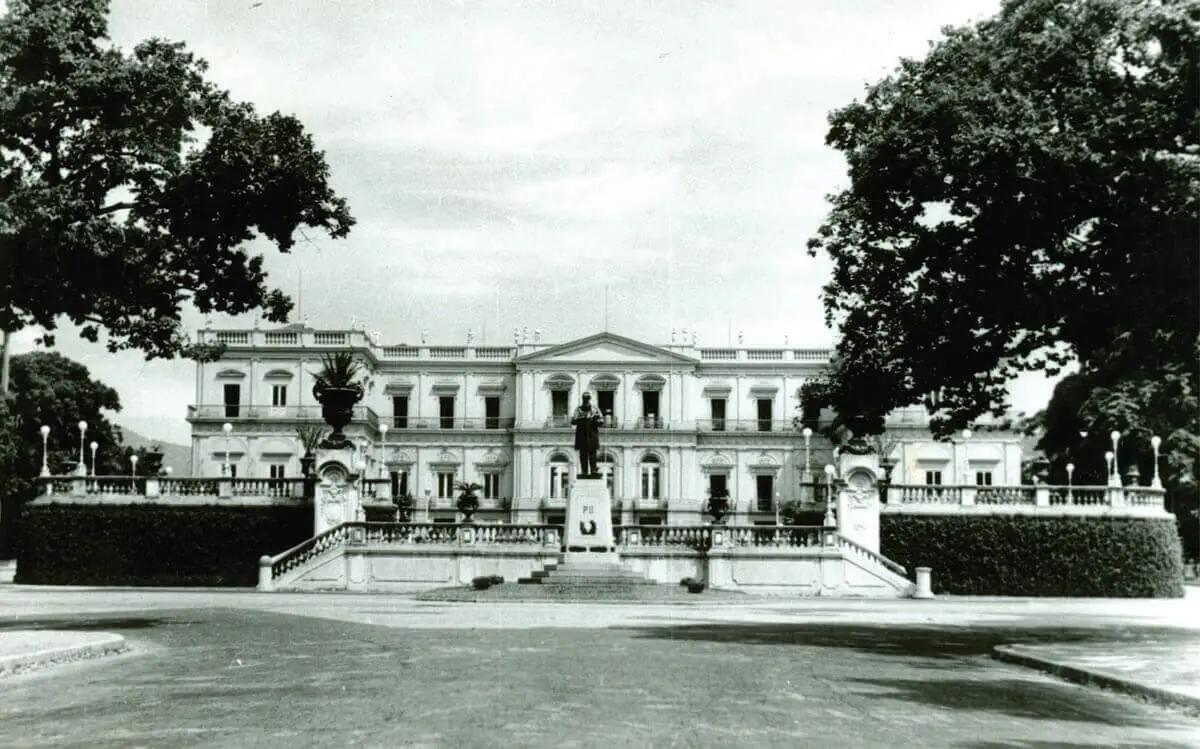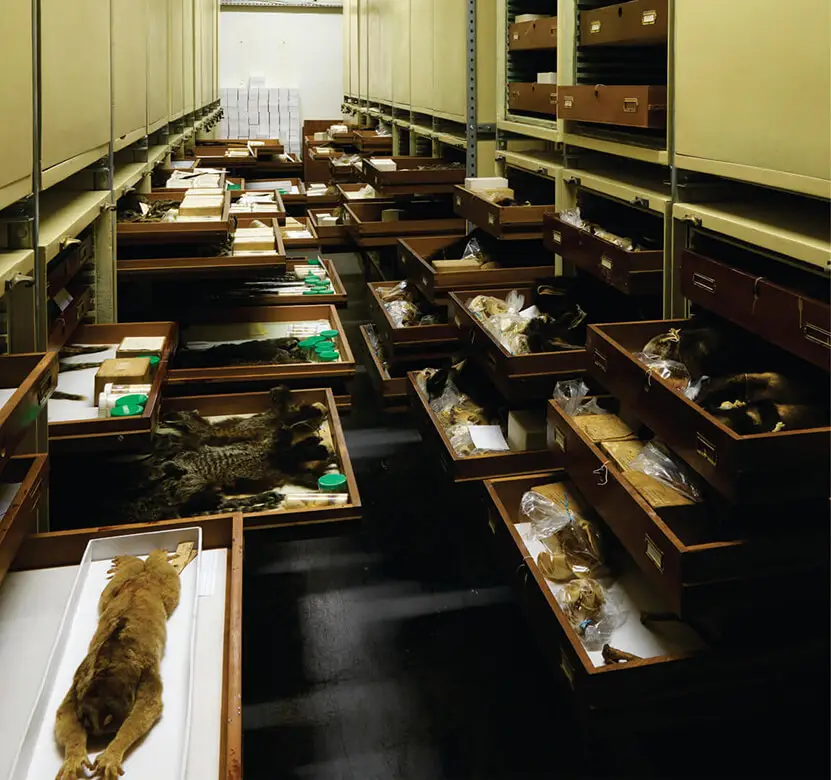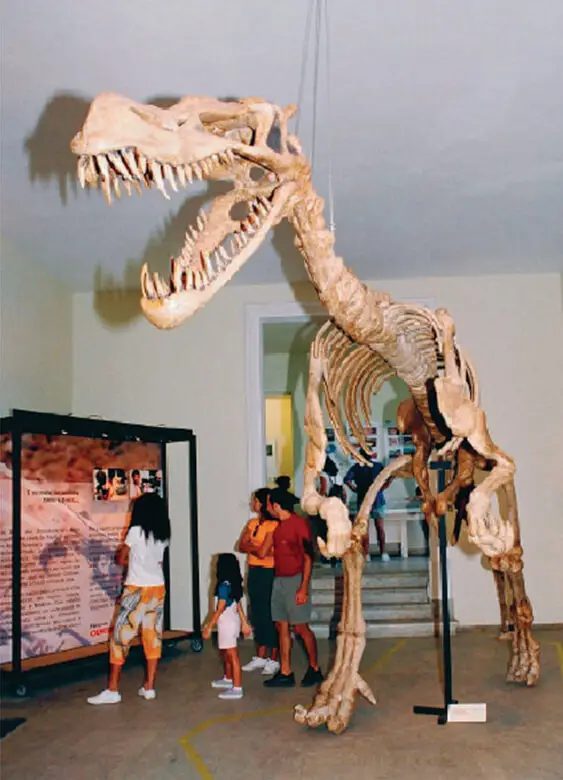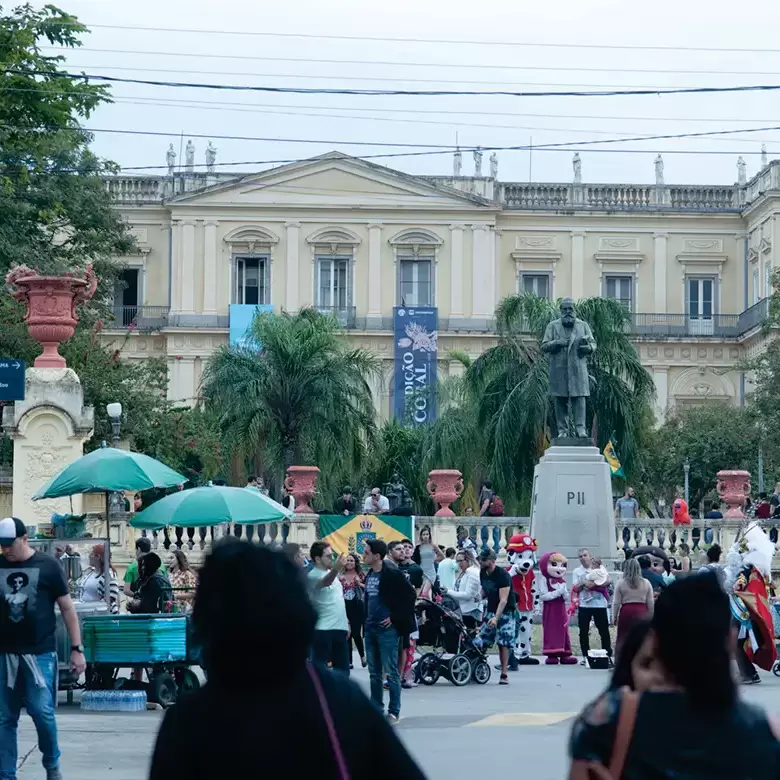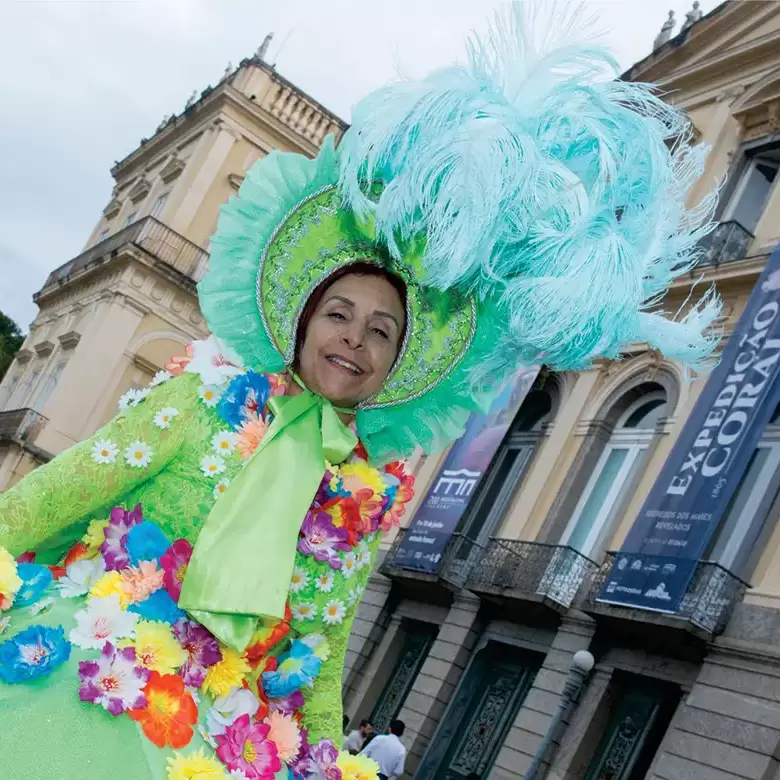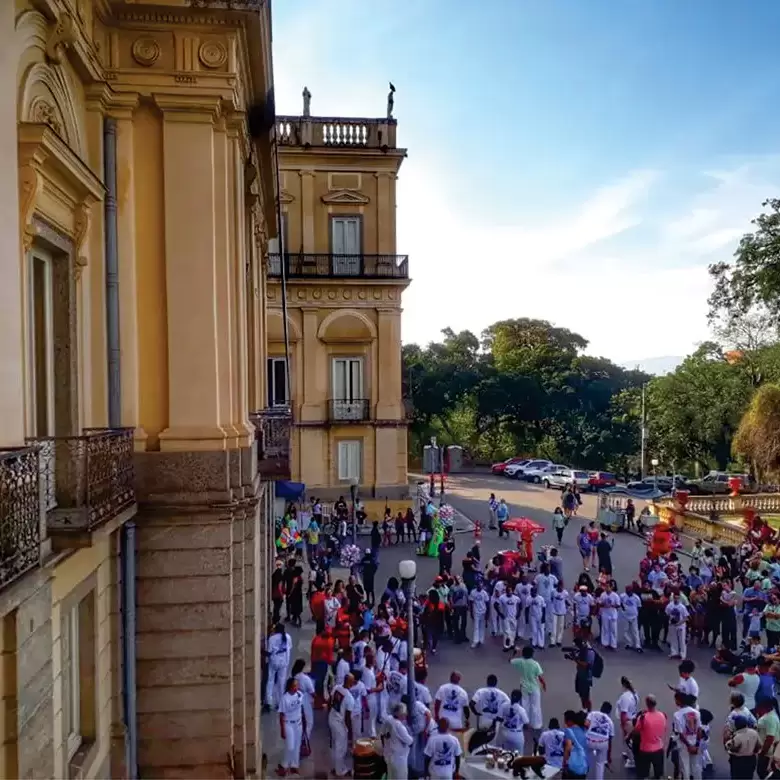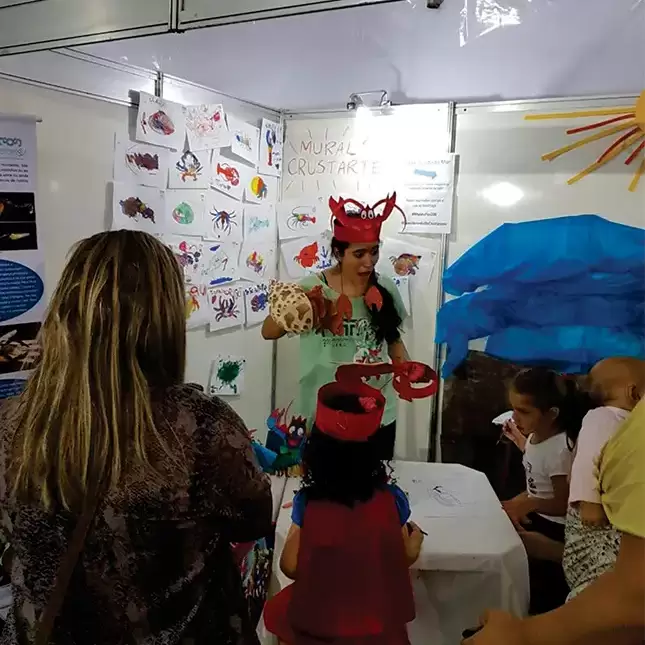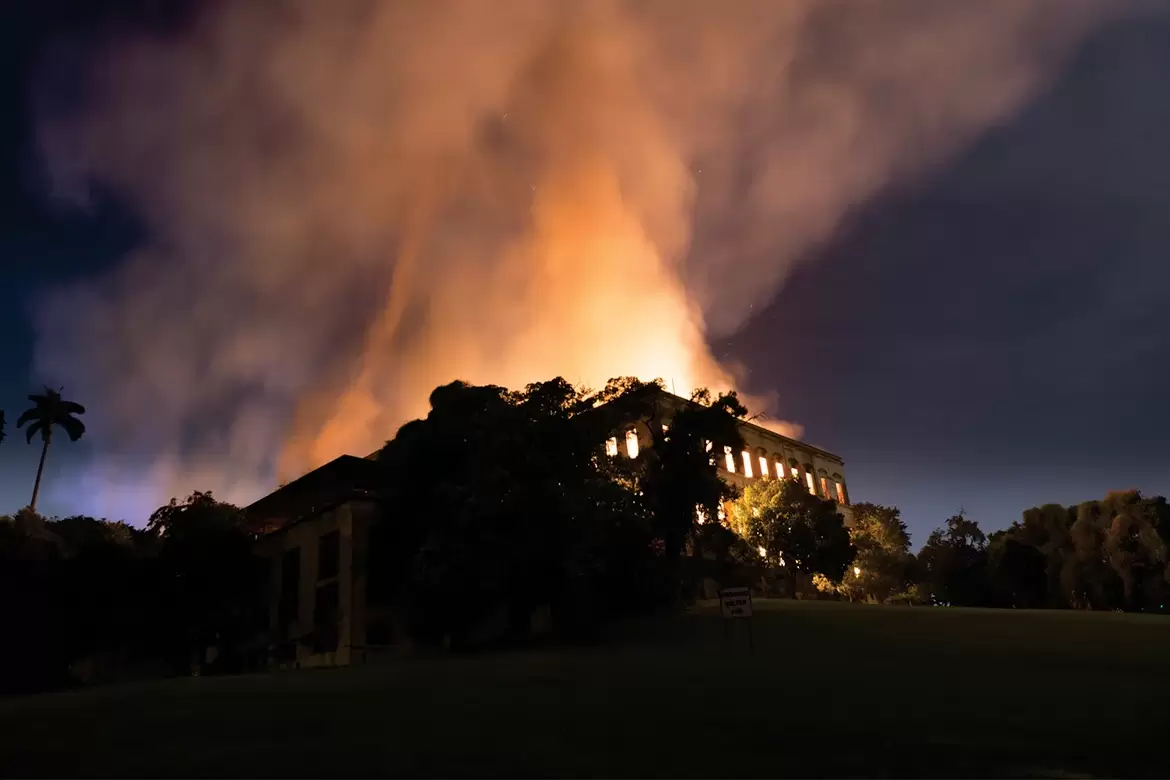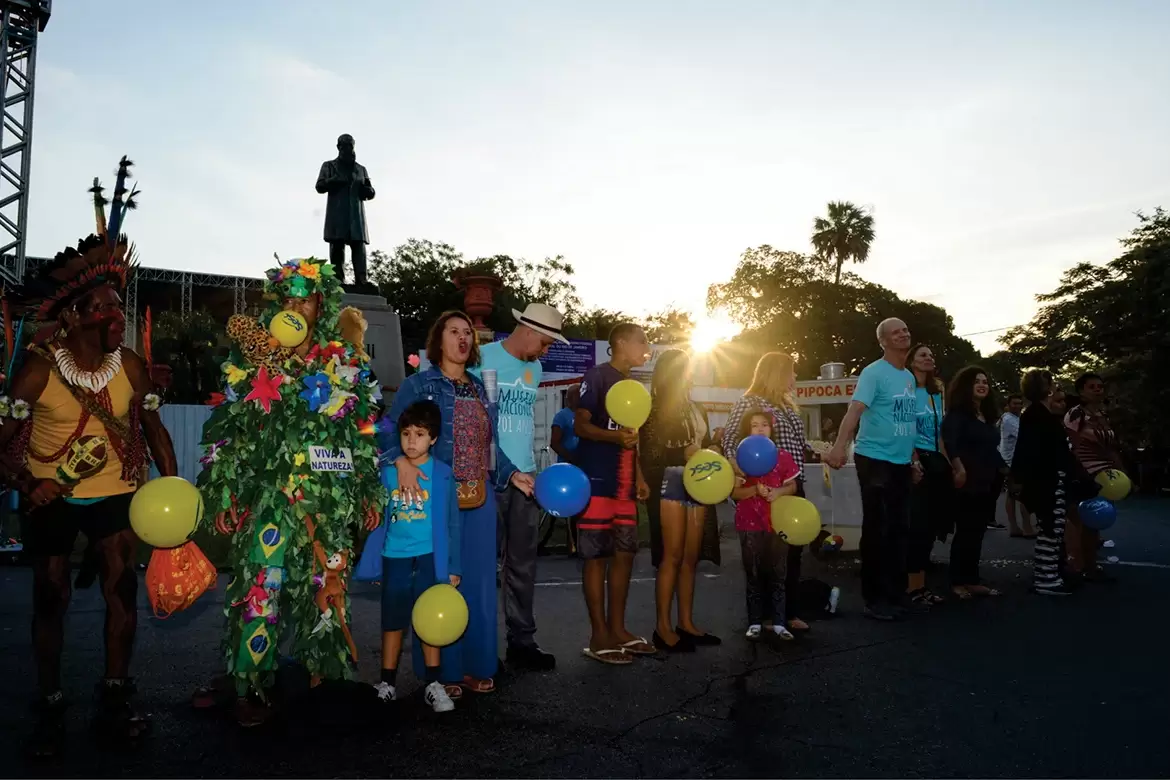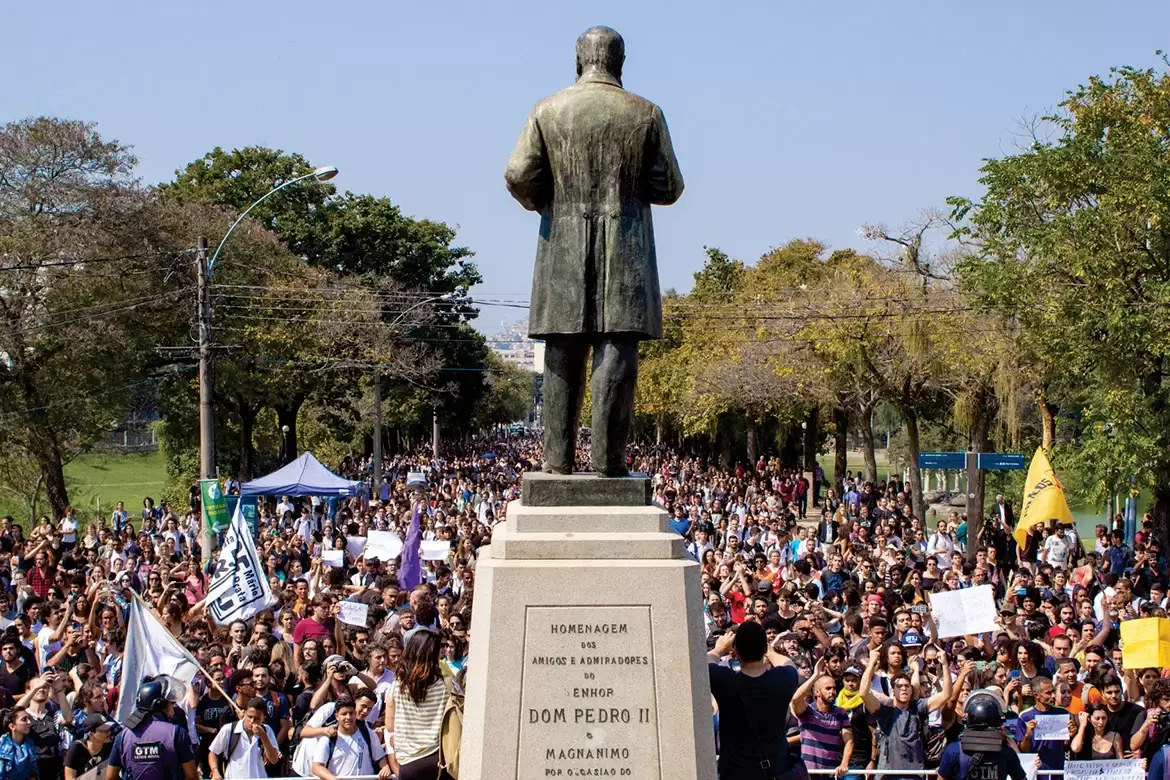1818
On June 6th, D. João VI found in Rio de Janeiro the Museu Real, “querendo propagar os conhecimentos e estudos das sciencias naturaes do Reino do Brazil, que encerra em si milhares de objectos dignos de observação e exame […]” [wanting to spread knowledge and natural science studies throughout Brazil’s reign, which holds thousands of objects worthy of observation and examination] The original resolution was lost in the Museu Nacional/UFRJ’s fire. The original resolution was lost in the Museu Nacional/UFRJ’s fire.
1859-1861
The Exploration Scientific Commission was established, the first expedition formed with only Brazilian scientists. As a result, it expanded Brazil’s Natural History collections.
1946
The Museu Nacional is now part of the Universidade do Brasil, current Universidade Federal do Rio de Janeiro (UFRJ).

